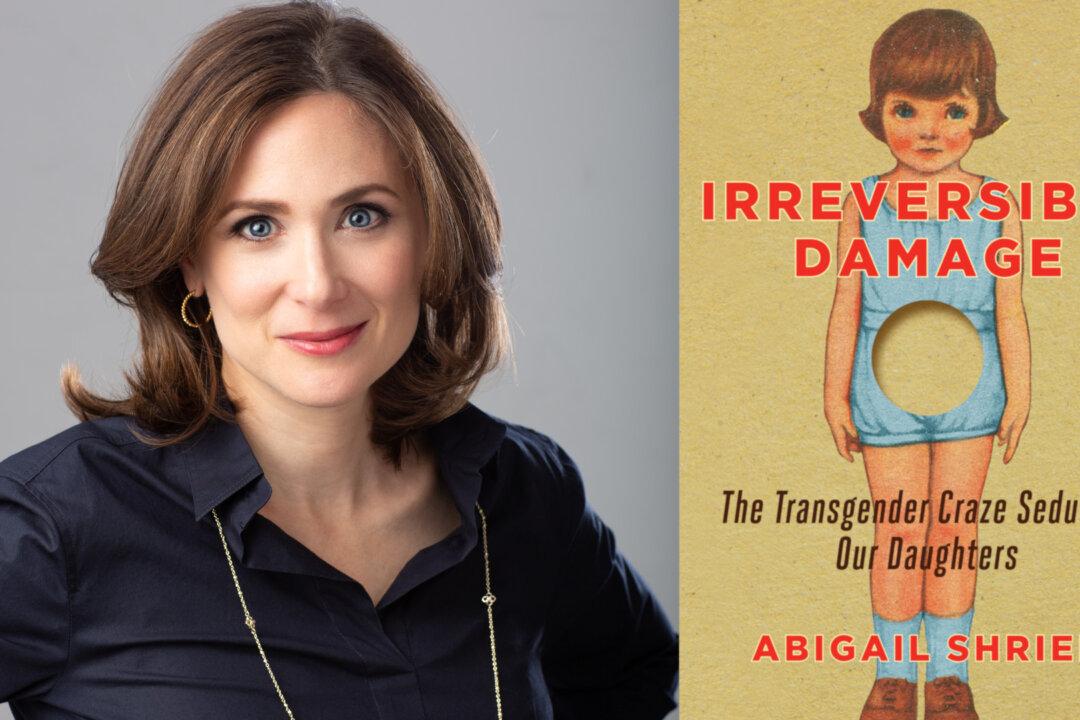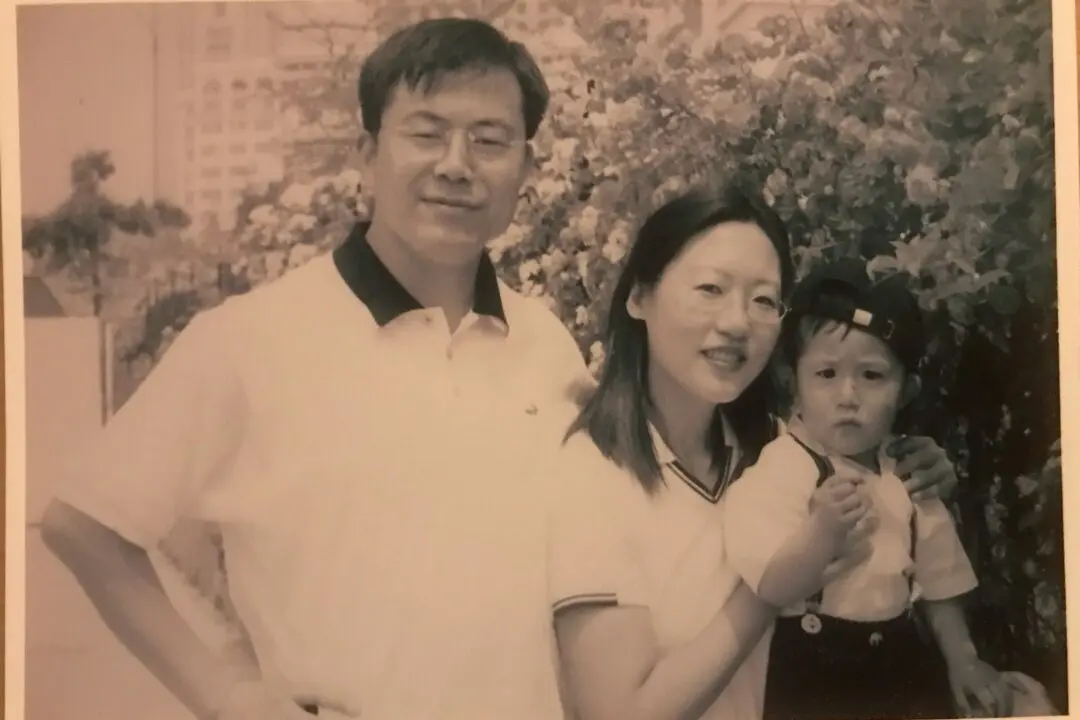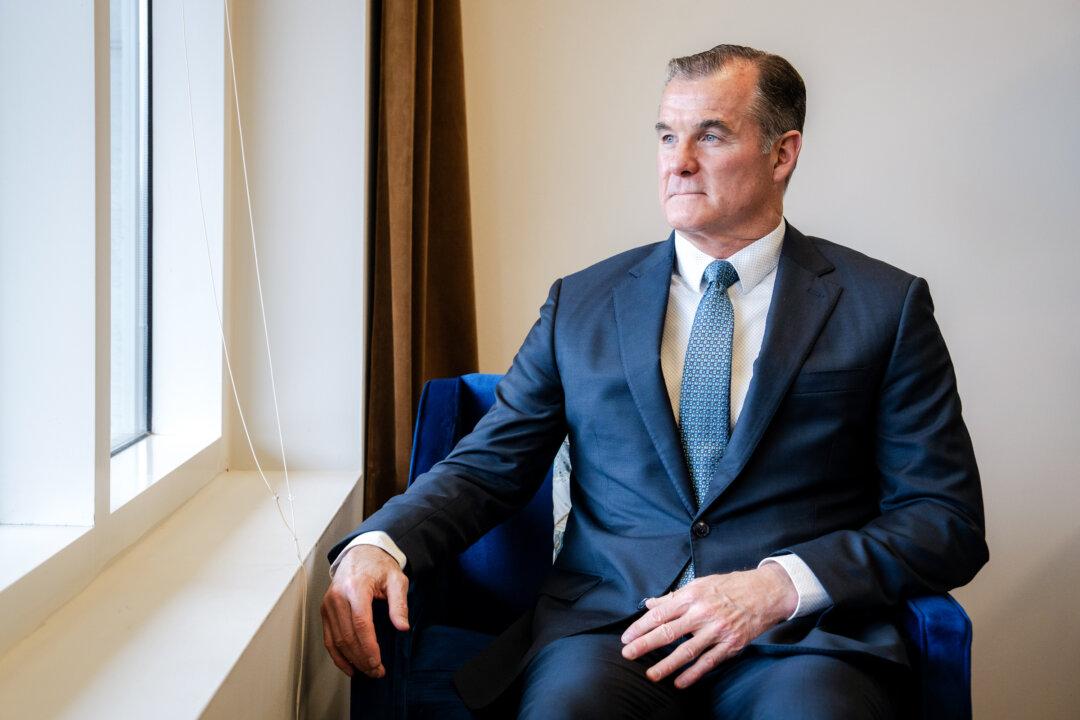Abigail Shrier includes in all her interviews something that no one else seems to say: Today’s trans activists don’t seem to represent the transgender adult population at all. Activists are by definition on the extreme side of issues, but in just the past few years, trans activists’ narratives have taken over any and all discussion, and the result has been costly.
In hundreds of cases, the result has been irreversible damage done to a growing population of teenage girls, as Shrier explores in her recent book, “Irreversible Damage: The Transgender Craze Seducing Our Daughters.”






